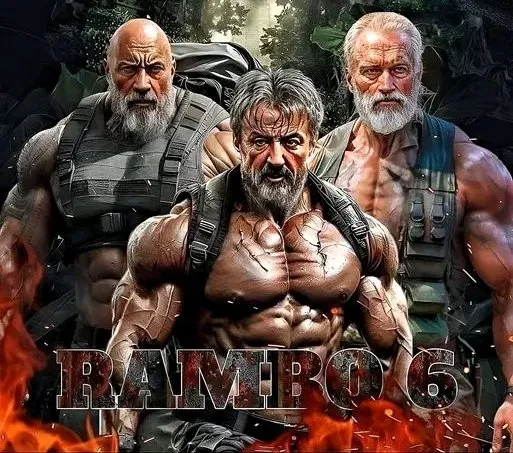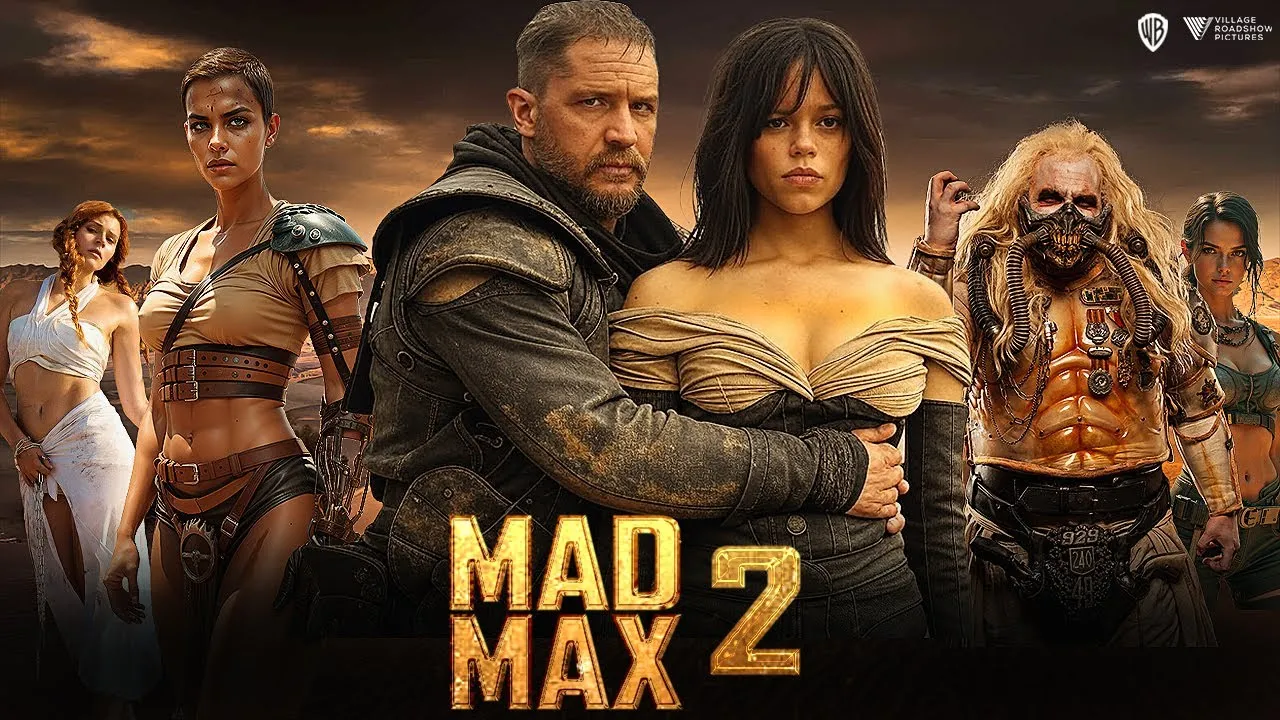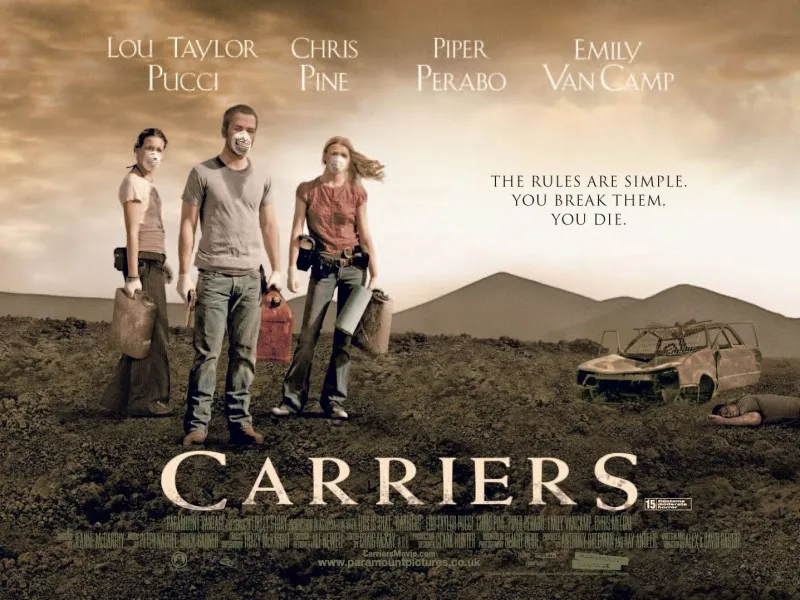The Way of the Dragon, released in 1972, is a legendary martial arts film written, directed by, and starring Bruce Lee. It is widely regarded as one of the most influential action films of all time and played a crucial role in shaping the global perception of martial arts cinema. This film not only showcases Bruce Lee’s physical prowess but also reflects his deep philosophy, charisma, and trailblazing role as a Chinese actor in Western-dominated cinema.

The story follows Tang Lung, a Chinese man from Hong Kong who travels to Rome to help his relatives protect their restaurant from being taken over by the local mafia. At first, Tang Lung appears awkward and unfamiliar with Western customs, which creates several humorous moments. However, when he is forced to defend the restaurant and its staff, his martial arts skills come to light. As the mafia intensifies its efforts, they bring in foreign fighters, including a highly skilled American martial artist played by Chuck Norris. This leads to the film’s most iconic scene: the climactic battle in the Colosseum between Bruce Lee and Chuck Norris.
What makes The Way of the Dragon stand out is Bruce Lee’s dual role as both actor and director. It was the only complete film he directed before his untimely death in 1973. His vision is evident in every frame—from the realistic fight choreography to the balance of action and comedy. The film avoids unnecessary dramatics and instead focuses on clear storytelling and authentic martial arts techniques. Lee’s use of different fighting styles, especially his philosophy of adaptability through Jeet Kune Do, is brilliantly presented in the film.
One of the film’s most memorable aspects is its setting. By placing the story in Rome, Bruce Lee symbolically bridges East and West, not just geographically but culturally. The famous fight scene in the Colosseum serves as a metaphor for this cultural confrontation, with Lee representing traditional Chinese values and skill, while Chuck Norris stands in for the Western martial arts world. Rather than presenting either side as the villain, the fight is respectful, showing mutual admiration and a shared warrior’s code.
Despite being over fifty years old, The Way of the Dragon remains relevant today. It helped launch Bruce Lee into international stardom and introduced martial arts films to a global audience. The film also challenged stereotypes of Asian characters in Western cinema, portraying a confident, strong, and principled hero. It laid the groundwork for countless action films that followed and is still studied by filmmakers and martial artists alike.
In conclusion, The Way of the Dragon is more than just a martial arts movie; it is a cinematic milestone. Through his direction, performance, and choreography, Bruce Lee created a film that transcends time and cultural barriers. It is a testament to his talent, vision, and enduring legacy in both film and martial arts history.



